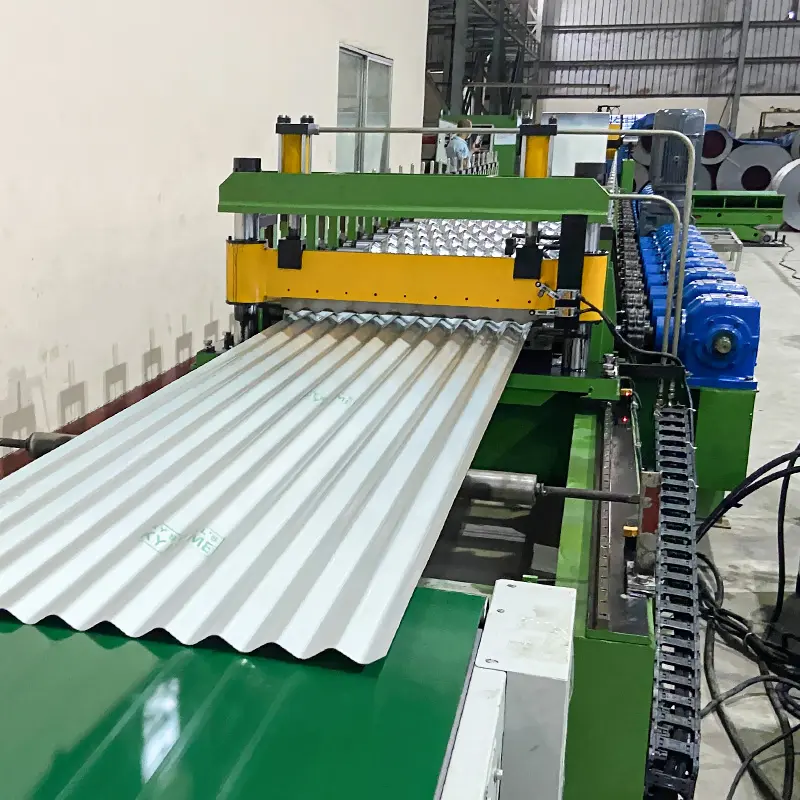
A shutter door roll forming machine is a type of machinery used in the manufacturing industry to produce high-quality shutter doors. These machines are designed to transform flat metal sheets into shutter doors with different dimensions, shapes, and patterns. The machine works by feeding the metal sheets through a series of rollers, which gradually bend and shape the sheets into the desired form.
Maintenance is crucial to ensure the longevity and efficient operation of a shutter door roll forming machine. Neglecting maintenance can result in decreased productivity, poor product quality, and even machine breakdowns. Regular maintenance not only ensures the proper functioning of the machine but also reduces the risk of accidents and increases the lifespan of the machine.
In this article, we’ll discuss the best practices for maintaining a shutter door roll forming machine to keep it running smoothly and efficiently. By following these tips and tricks, manufacturers can maximize the lifespan of their machinery and ensure the production of high-quality products.
Maintenance Schedule for a shutter door roll forming machine

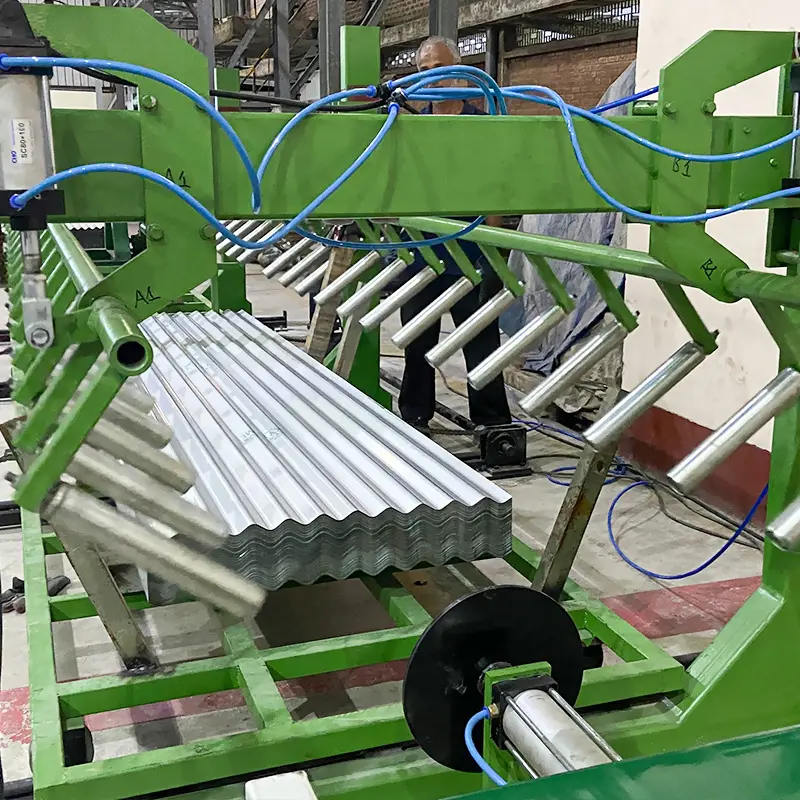
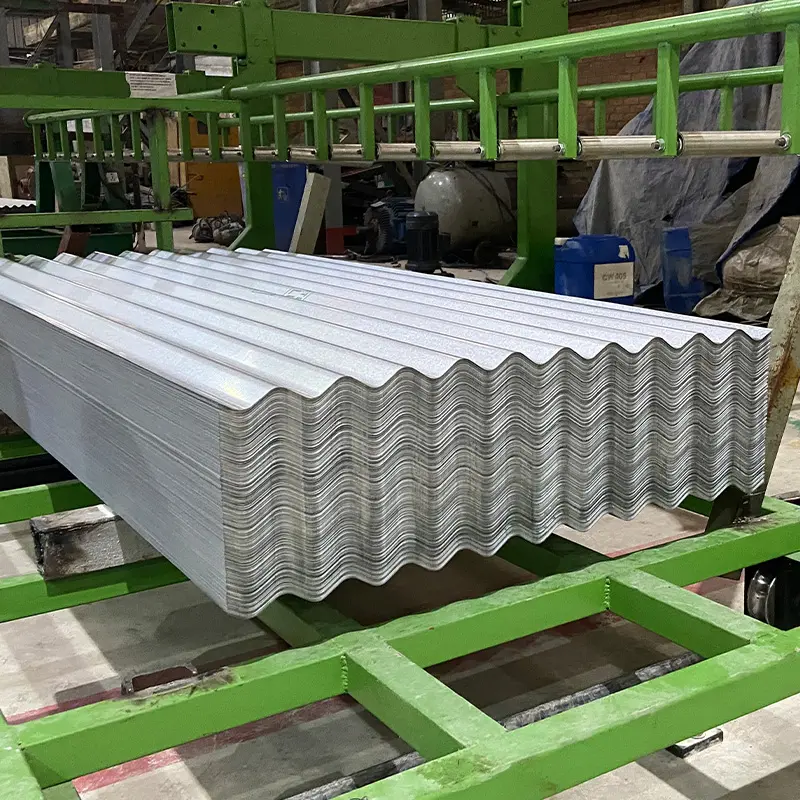
Having a maintenance schedule is crucial for ensuring the efficient operation of a shutter door roll forming machine. A maintenance schedule is a plan that outlines the regular maintenance tasks that need to be performed on the machine, including cleaning, lubrication, and replacement of parts.
Following a maintenance schedule is important for several reasons. Firstly, it helps to prevent unexpected machine breakdowns and costly repairs. Regular maintenance can identify and address issues before they become major problems that require expensive repairs or replacements. This can save manufacturers time and money in the long run.
Secondly, a maintenance schedule can help ensure the proper functioning of the machine. By following a maintenance schedule, manufacturers can keep their machines in good working condition, which can help to maintain consistent product quality and reduce waste.
Lastly, regular maintenance can help to extend the lifespan of the machine. By properly maintaining the machine, manufacturers can avoid premature wear and tear and prolong the life of their machinery. This can help manufacturers save money by avoiding the need to purchase new machinery before it is necessary.
In summary, having a maintenance schedule for a shutter door roll forming machine is crucial for ensuring the efficient operation of the machine, preventing unexpected breakdowns, maintaining consistent product quality, and prolonging the lifespan of the machine. By following a maintenance schedule, manufacturers can save time and money while producing high-quality products.
Pre-Maintenance Checks for a shutter door roll forming machine
-
 Vineyard Post Roll Forming Machine
Vineyard Post Roll Forming Machine -
 Auto Size Changeable Sigma Purlin Roll Forming Machine
Auto Size Changeable Sigma Purlin Roll Forming Machine -
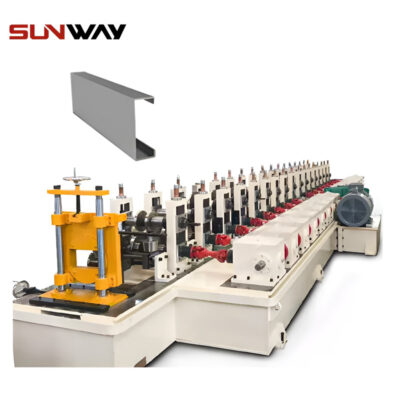 PV Mounting Bracket C Shape Profile Roll Forming Machine
PV Mounting Bracket C Shape Profile Roll Forming Machine -
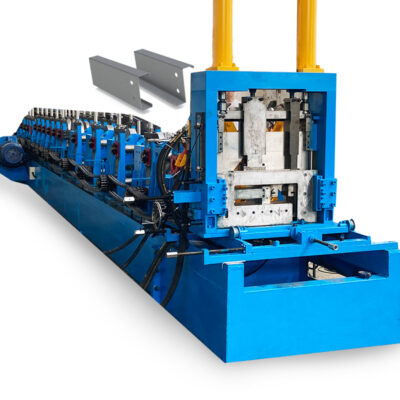 C Z Purlin Channel Cold Roll Forming Machine Full Auto Galvanized Steel Profile
C Z Purlin Channel Cold Roll Forming Machine Full Auto Galvanized Steel Profile -
 PV Mounting Bracket Roll Forming Machine (HAT / Omega Profile)
PV Mounting Bracket Roll Forming Machine (HAT / Omega Profile) -
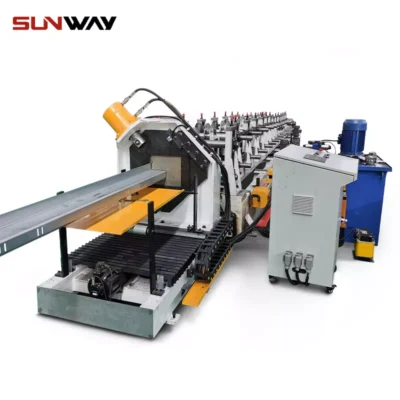 PV Mounting Bracket Z Shape Profile Roll Forming Machine
PV Mounting Bracket Z Shape Profile Roll Forming Machine
Performing pre-maintenance checks is an important step in ensuring that a shutter door roll forming machine is ready for maintenance. These checks should be performed before any maintenance tasks are undertaken.
Firstly, a visual inspection of the machine should be performed to check for any signs of damage, wear and tear, or loose parts. Any issues identified should be addressed before maintenance begins to avoid further damage or problems.
Secondly, the machine should be cleaned to ensure that it is free of dust, debris, and other contaminants. This can be done using a soft cloth and a mild cleaning solution, and it’s important to avoid using abrasive materials that could scratch or damage the machine.
Additionally, the machine should be properly secured and disconnected from the power source before any maintenance work is performed. This is essential for safety reasons to prevent accidental start-up and electrocution.
It’s also a good idea to refer to the machine’s manual to ensure that any specific pre-maintenance checks recommended by the manufacturer are performed.
Performing these pre-maintenance checks can help identify potential issues before they become major problems and ensure that the machine is properly cleaned and ready for maintenance. This can help ensure the safety of maintenance personnel and the proper functioning of the machine.
Maintenance Procedures for a shutter door roll forming machine
Maintaining a shutter door roll forming machine involves several procedures, including lubrication, cleaning, and replacing parts. Here’s a step-by-step guide for each procedure:
Lubrication:
- Identify the parts of the machine that require lubrication, such as bearings, gears, and rollers.
- Use a high-quality lubricant that is recommended by the machine’s manufacturer.
- Apply the lubricant to the designated parts according to the manufacturer’s instructions.
- Wipe away any excess lubricant to prevent it from attracting dust and debris.
Cleaning:
- Turn off the machine and disconnect it from the power source.
- Remove any debris or foreign objects from the machine using a soft brush or cloth.
- Use a mild cleaning solution to clean the machine, avoiding abrasive materials that could damage the machine.
- Wipe the machine dry with a clean cloth.
Replacing parts:
- Identify the parts that need to be replaced, such as worn-out rollers or damaged bearings.
- Order replacement parts from the machine’s manufacturer.
- Turn off the machine and disconnect it from the power source.
- Remove the damaged parts using the appropriate tools.
- Install the replacement parts according to the manufacturer’s instructions.
- Test the machine to ensure that the replacement parts are working properly.
It’s important to refer to the machine’s manual for specific maintenance procedures and schedules recommended by the manufacturer. Regular maintenance should be scheduled and performed on a routine basis to ensure the machine operates at its best.
Troubleshooting for a shutter door roll forming machine
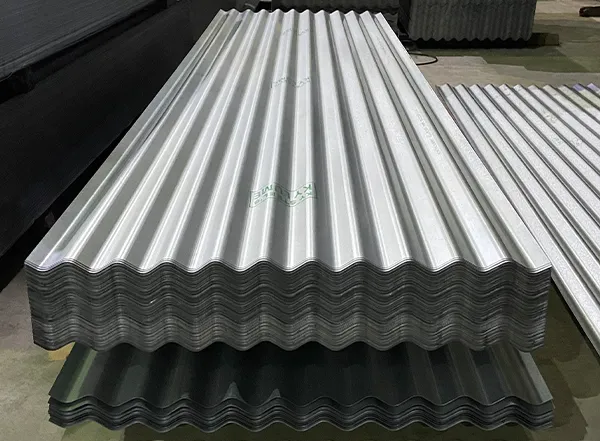
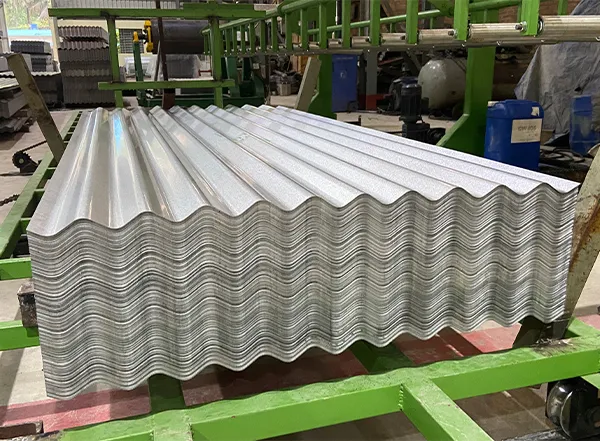
Troubleshooting a shutter door roll forming machine can help identify and address issues that may arise during operation. Here are some tips and tricks for troubleshooting common issues with the machine:
Alignment:
- Check for any misalignment in the rollers or guides, which can cause the material to twist or bend during the forming process.
- Adjust the alignment by tightening or loosening the bolts holding the rollers and guides in place.
Wear and Tear:
- Inspect the rollers and other components for signs of wear and tear, such as cracks or warping.
- Replace any worn or damaged parts as soon as possible to prevent further damage to the machine.
Electrical Components:
- Check the electrical components of the machine, such as fuses and switches, for signs of damage or wear.
- Replace any faulty components with new ones that are compatible with the machine.
Other common issues with the machine include:
- Material feeding issues: Check the material feeder and make sure it’s properly aligned and functioning.
- Product defects: Inspect the final product for any defects, such as dents or warping, which can be caused by issues with the machine.
- Noise and vibration: Check for any loose components or damaged parts that can cause noise or vibration during operation.
In general, it’s important to regularly inspect the machine and its components for signs of wear and tear. Any issues should be addressed promptly to avoid further damage to the machine and prevent production delays. If a problem cannot be resolved through troubleshooting, it may be necessary to consult with the machine’s manufacturer or a professional technician.
Maintaining a shutter door roll forming machine is crucial for ensuring efficient operation and consistent product quality. A maintenance schedule should be established and followed regularly to avoid unexpected breakdowns and reduce the risk of accidents. Performing pre-maintenance checks, including visual inspections and cleaning, is important to ensure that the machine is ready for maintenance. Lubrication, cleaning, and part replacement are all key maintenance procedures that should be performed regularly. Troubleshooting common issues, such as alignment, wear and tear, and electrical components, can help identify and address problems promptly. Proper maintenance can prolong the lifespan of the machine and ensure the production of high-quality products.


